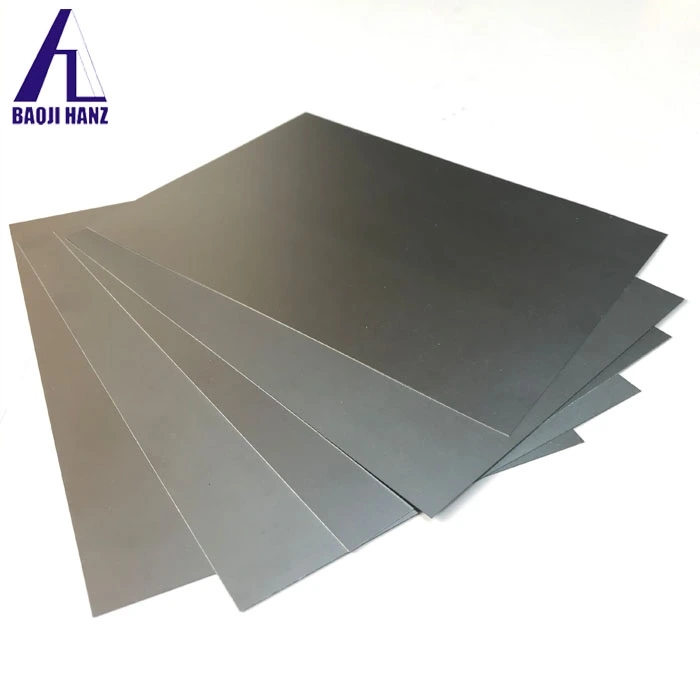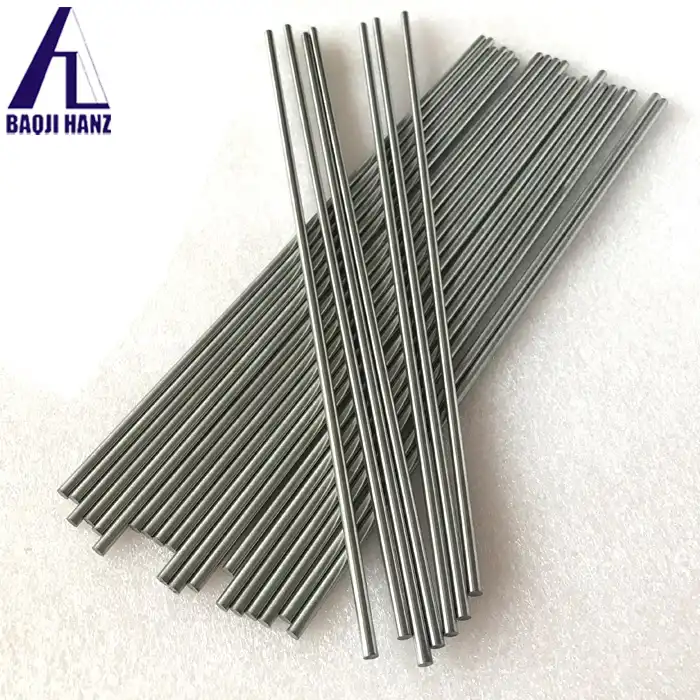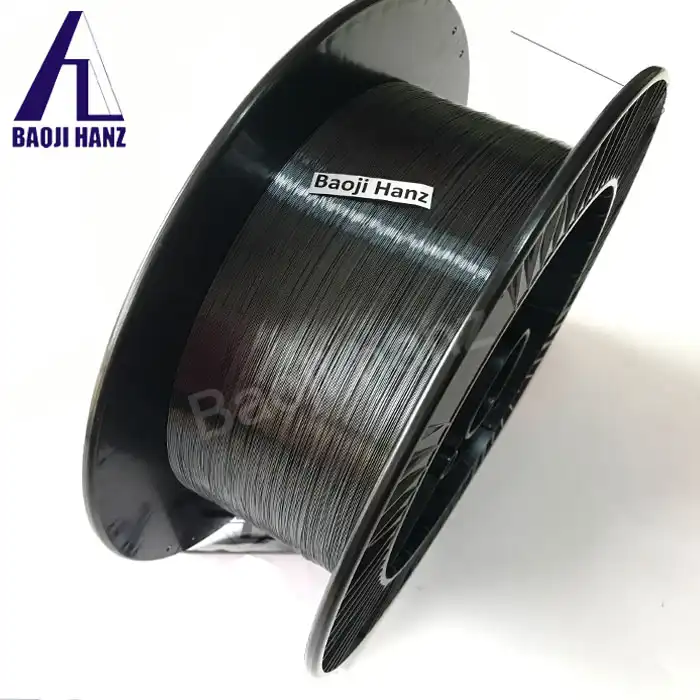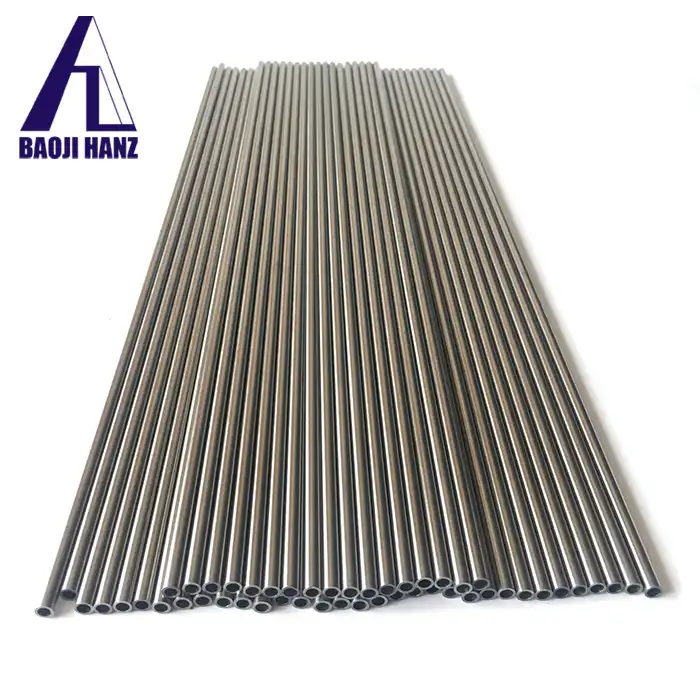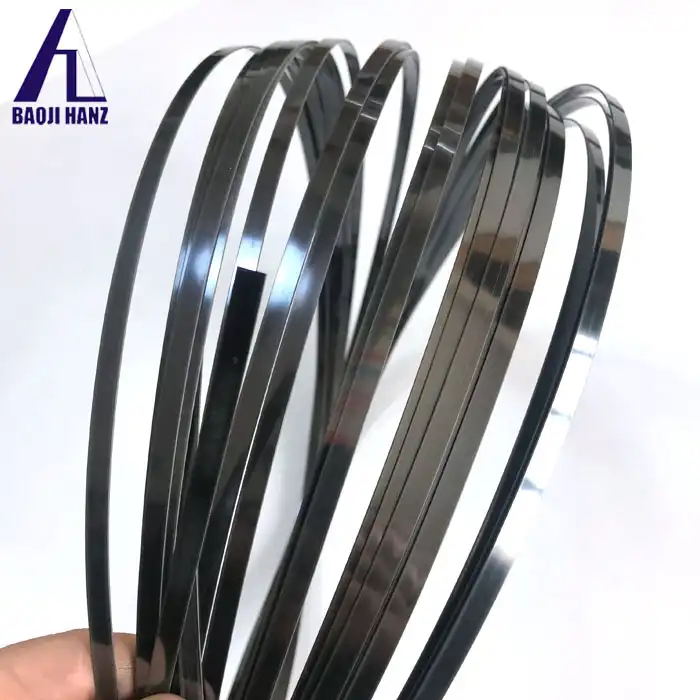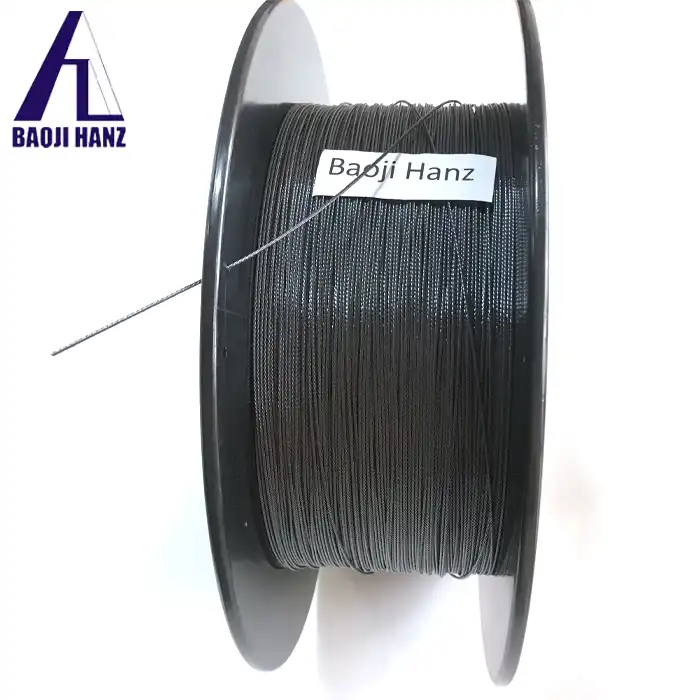Shape memory basics of Nickel-titanium ring
2025-03-17 21:14:07
Nickel-titanium ring
Nickel-titanium rings, made from nickel-titanium alloy (Nitinol), are a functional element with shape memory and hyperelastic properties that play an important role in several industries.

I. Industry overview
Scale: The global nickel-titanium ring market continues to grow in size, mainly driven by demand from medical, aerospace and consumer electronics.
2. product classification
Classification by function:
Shape memory nickel-titanium ring: can restore a preset shape at a specific temperature, used in medical devices, aerospace and other fields.
Superelastic nickel-titanium ring: can withstand large deformation without breaking, used in electronic, mechanical and other fields.
Classification by shape: round, square, rectangle, shaped, etc.
Classified by surface treatment: polishing, sandblasting, oxidation, etc.
3. Application fields
Medical treatment:
Vascular stent: Used to treat stenosis and occlusion of blood vessels.
Orthopaedic implants: Used for fracture fixation and spinal orthosis.
Dental instruments: for orthodontics and restorations.
Aerospace:
Satellite dish: Used for satellite communication and navigation.
Spacecraft components: for the drive and control of spacecraft.
Electronics:
Connector: Used for the connection and signal transmission of electronic devices.
Sensor: Used to detect physical quantities such as temperature and pressure.
Machinery:
Seals: Used for sealing and shock absorption of mechanical equipment.
Driver: Used for driving and controlling mechanical equipment.
4. industry challenges
Raw material price fluctuations: Price fluctuations of nickel and titanium will affect the production cost of nickel-titanium rings.
Processing difficulty: the processing of Nitinol is more difficult and requires special processing technology and equipment.
Fierce market competition: domestic and foreign manufacturers are in fierce competition and need to constantly improve product quality and technical level.
5. Future Outlook
In the future, nickel-titanium rings will develop in the direction of high performance, multi-function and low cost, and provide better solutions for medical, aerospace, electronics and other fields.
Here are some additional industry knowledge about Nitinol rings:
Biocompatibility of nickel-titanium rings: nickel-titanium alloys have good biocompatibility, but long-term implantation in the human body still needs to pay attention to its potential risks.
Fatigue life of nickel-titanium rings: The fatigue life of nickel-titanium rings is affected by factors such as material properties, processing technology and use environment.
I hope the above information is helpful to you.
Conclusion
Nitinol's unique blend of properties—shape memory, superelasticity, biocompatibility, and aesthetic versatility—makes it an exceptional material for bracelets and bangles. Its durability, comfort, and low maintenance requirements further enhance its appeal in jewelry design. As the demand for innovative, functional, and sustainable accessories grows, Nitinol stands out as a material that not only meets but exceeds expectations, promising a future where jewelry is as smart as it is beautiful. If you want to get more information about this product, you can contact us at baojihanz-niti@hanztech.cn.
Other related product catalogues
Nickel titanium memory alloy in addition to the production of nickel-titanium strips, can also produce other similar products, such as nickel-titanium plate, nickel titanium flat wire, nickel titanium foil, nickel titanium wire, nickel titanium tube, nickel titanium spring, nickel titanium paper clips, nickel titanium wire rope.
|
|
|
|
|
|
|
|
References
1. Johnson, A. D., & Schlüter, K. (2018). Shape Memory Alloys in Jewelry Design: Innovations and Applications. Journal of Materials Science and Technology,
2. Chen, L., & Liu, Y. (2019). Nitinol in Modern Jewelry: A Comprehensive Review of Properties and Design Possibilities. Advanced Materials Research,
3. Wang, X., & Zhang, S. (2020). Biocompatibility and Corrosion Resistance of Nitinol for Wearable Accessories. Corrosion Science,
4. Smith, R. J., & Brown, T. L. (2017). The Aesthetic Advantages of Shape Memory Alloys in Contemporary Jewelry. Fashion Theory,
5. Yamamoto, H., & Tanaka, M. (2021). Customization Techniques for Nitinol Jewelry: Expanding Design Horizons. Journal of Manufacturing Processes,
6. Lee, S. H., & Kim, J. W. (2019). Comfort and Adaptability of Superelastic Alloys in Wearable Accessories. Ergonomics, 62(9), 1189-1201.
